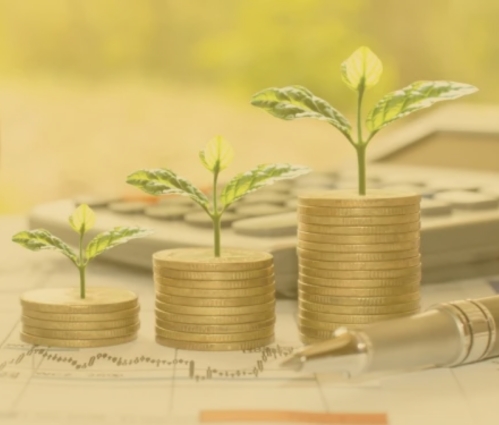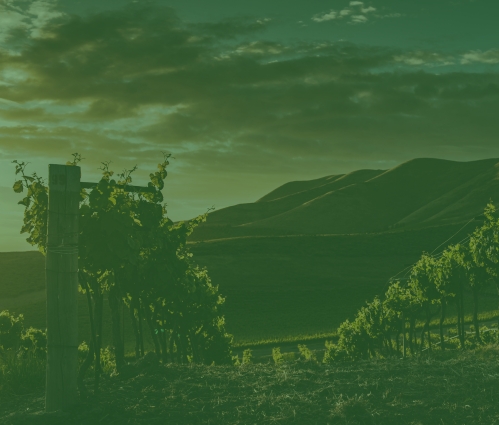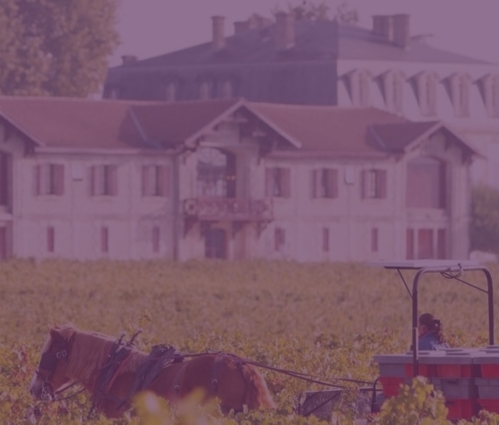- Fine wine offers a sustainable investment option, which is increasingly recognised by wealth managers.
- The industry is proactively adapting to climate change, with practices like regenerative farming and reducing bottle weight.
- Fine wine’s focus on social sustainability, including worker welfare and community support, boosts its appeal as a sustainable investment choice, aligning with modern ESG criteria.
Floods, fires and famine are no longer on our doorstep, they have already crossed the threshold into normality. In the first eight months of 2023 alone, the USA suffered 23 separate billion-dollar climate disasters. Research shows that by 2050, floods in Europe will increase five-fold.
Alongside climate disaster comes human suffering, ever-growing wealth gaps and loss of livelihoods. The homes of indigenous tribes are deforested to clear space for oil drilling. The most vulnerable find their communities and businesses flooded. Meanwhile, social inequality rachets up with poor climate policies.
Investors are all too aware of the damage. A 2023 study by Harvard found 85% ask their advisors about sustainable investments. While some groups – particularly millennials – have become activists themselves, using their shareholder votes to force change. So where does fine wine come into this?
Although ethical investing has been around for centuries, climate-focused sustainable investing is strikingly new. The insatiable demand we see today is less than a decade old. Between 2016 and 2020 alone, sustainable investing in Europe, USA, Canada, Australasia, and Japan swelled by 55%. Even though it is a multi-trillion industry, ‘Sustainable Investment’ still doesn’t even have a definition in most parts of the world. Because of this, the movement has borrowed a lot from pre-existing rules, which were mostly religious.
For centuries, our sustainable investment has been built on the foundations of Quaker and Methodist beliefs. This explains why alcohol, or to quote John Wesley ‘that liquid fire’ has been prohibited from almost all ESG (environmental, social, governance) funds – even when fossil fuel producers, fast fashion and plastic polluters made it on the list.
However, we believe this is a mistake. Fine wine offers extraordinary sustainable benefits to investors, especially when it comes to balancing out the risks of green bonds and risky impact investments. Not only does fine wine contribute to a greener future (it is a natural product after all), but this asset class can also plug vital strategic gaps, giving sustainable investors even more confidence. The time has come to give fine wine the credit it deserves.
How is fine wine sustainable?
While there is no universal definition of a ‘Sustainable Investment’, the European Union has made significant headway. According to the EU taxonomy, an environmentally sustainable investment must contribute significantly to one of the following, without jeopardising the others;
- Climate change mitigation
- Climate change adaption
- Sustainable use and protection of water and marine resources
- Transition to a circular economy
- Pollution prevention and control
- Protection and restoration of biodiversity
We believe that fine wine not only meets this criterion but exceeds it. Vineyards rely on a stable climate, fertile soil and regenerative farming. From using free range ducks and sheep instead of pesticides to replacing heavy glass with lighter alternatives, the environmental innovations in the wine industry are never-ending.
Climate change mitigation and circular economies
To secure a safer future, every efficiency counts. The most carbon-intensive part of fine wine production is making and transporting the heavy glass bottles that contain the wine. According to one Sustainable Wine Roundtable report, this accounts for over half of the total environmental impact of wine. Simply by reducing the bottles from 550g to 420g would cut 25% of carbon emissions.
Although dense packaging has long-been associated with quality, European fine wine producers are throwing themselves into this trend. Burgundy producer, Albert Bichot, for example has reduced the bottle weight from 700-750g to 450g. According to one interview, the producer also uses only recycled glass and biodegradable labels. Even Champagne – which typically uses thicker glass – is experimenting. Bollinger, for example, is committed to a 7% reduction in bottle weight by 2029, as well as to use only recycled and recyclable materials.
Another area for improvement is energy efficiency throughout the manufacturing process. Here, fine wine has achieved far more than other industries. Almost every fine wine producer we could find has taken significant steps to reduce emissions dramatically. One of our favourite examples is Ornellaia. 2022 saw this winery slash liquefied petroleum gases usage by 98% with biomass heat. Today the entire firm uses the equivalent of 5% of the average family of four household over a year. Ornellaia has also blended nature with technology by installing a Building Management System to ensure that the temperature is efficiently set.
Climate change adaption, sustainable use of water and protection of biodiversity
World-famous flavours are at risk from climate change. As Comité Champagne report, temperatures are now 1.8 degrees higher than in the 1980s, meaning grapes are at risk of bursting prematurely or drying out. They now need to be picked thirty days earlier, potentially cutting the characteristic tastes short. Fine wine producers have been rigorousness and brave, proactively innovating in the face of the climate crisis. Not only do these innovations help cool down and protect the precious vines, but they also offer investors significant environmental benefits too.
One of the most widespread practices in fine wine vineyards now is the use of regenerative farming. Rather than using typical organic practices, which can still harm pollinators, producers are leaning into nature. Sheep roam around some vineyards picking off bugs organically, and often, horses are put to work instead of tractors.

Significantly, many fine wine producers such as Château Cheval Blanc plant diverse fruit and forestry trees between the vines. This helps to shade the grapes, sequester carbon and provide homes for vital pollinators. The fungus which grows around the roots of the trees also soaks up water, acting as a pump, pushing nutrients into the vines.
Water irrigation is one of the hottest topics for today’s fine wine producers, with many now working with their natural landscapes to find the best solutions. Vineyards are increasingly planting or shifting vines along the contours of the land, to prevent run-off during heavy rainfalls. They are also adding ground covers to prevent evaporation, keeping the soil damper and more nutritious.
The adaptions are coming thick and fast, as vineyards experiment with new grapes, and alternative locations. Northern France, the UK and Germany are fast becoming viable options for fine wine in this new climate, with producers are always one step ahead of the curve.
Social sustainability
Sustainability is about more than preserving the environment. It is also about protecting workers and supporting local communities. Although the fine wine industry is not as advanced in this area as it is with environmental sustainability, frameworks and strong voices are beginning to emerge. As one wine producer puts it:
‘Do we farm organically because it’s better for the environment? Certainly. Do we farm organically because it makes better-tasting wine? Without question. But the most important reason to farm organically is because the lives of the people who work in the vineyards, and the people who live downstream, matter.’
Caring for the environment and biodiversity also has far-reaching effects on local life. Vineyards continue to play a vital role in the culture and traditions of their local communities. Recently the Comité Champagne proposed a series of tangible solutions to improve the lives of the region’s 120,000 harvest workers. We are also seeing a general trend of permanent contracts for employees, as well as a sharp focus on improving diversity at board levels. While there is certainly work to be done in this space, the general trajectory looks promising.
Stay tuned for Part II of our Fine Wine Sustainability Report, in which we discuss how fine wine can mitigate risk in sustainable portfolios – coming next week.



